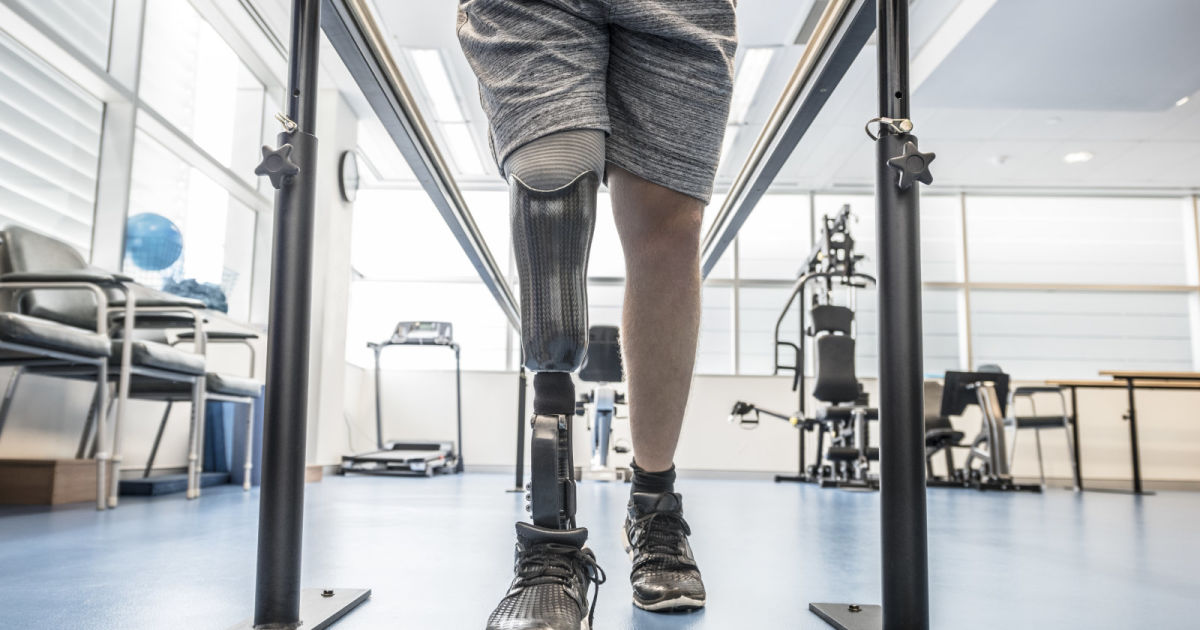How Modern Prosthetics Work
The Suspension System

The attachment mechanism, known as the suspension system, is an essential part of a well-fitting prosthetic limb. The suspension system can consist of a suction socket, an elastic sleeve, or an old-fashioned arrangement of harnesses and straps. The fitting must be secure and snug, not only because it is vital for comfort, but because it ensures the prosthetic limb can be controlled properly. In many cases, the socket is a part of the suspension system arrangement. In the instance of a prosthetic leg, sockets may come in the form of a large plastic casing that is hollow so the residual limb can be inserted.
Making Prosthetic Limbs

Making prosthetic limbs starts with the design and fabrication procedure and has many steps. It begins with a measurement process that is painstaking in its precision and is later utilized in designing the prosthetic limb. When possible, the prosthetist starts the measurement process even before the patient's limb is amputated. This allows the fabrication procedure to begin well ahead of time. Once the swelling has gone down after the amputation, a plaster mold is made of the residual limb. This serves as a template so a duplicate of the residual limb can be created. This duplicate is then used to continually test the prosthetic limb's fit as it is being fabricated. Newer technologies permit the use of computerized digital measurements to ensure precision.
